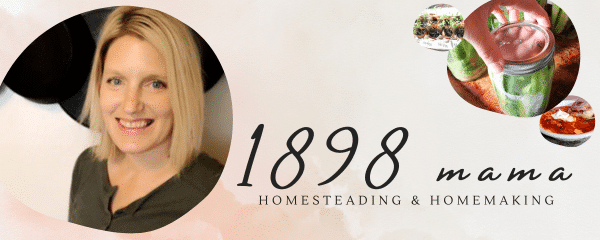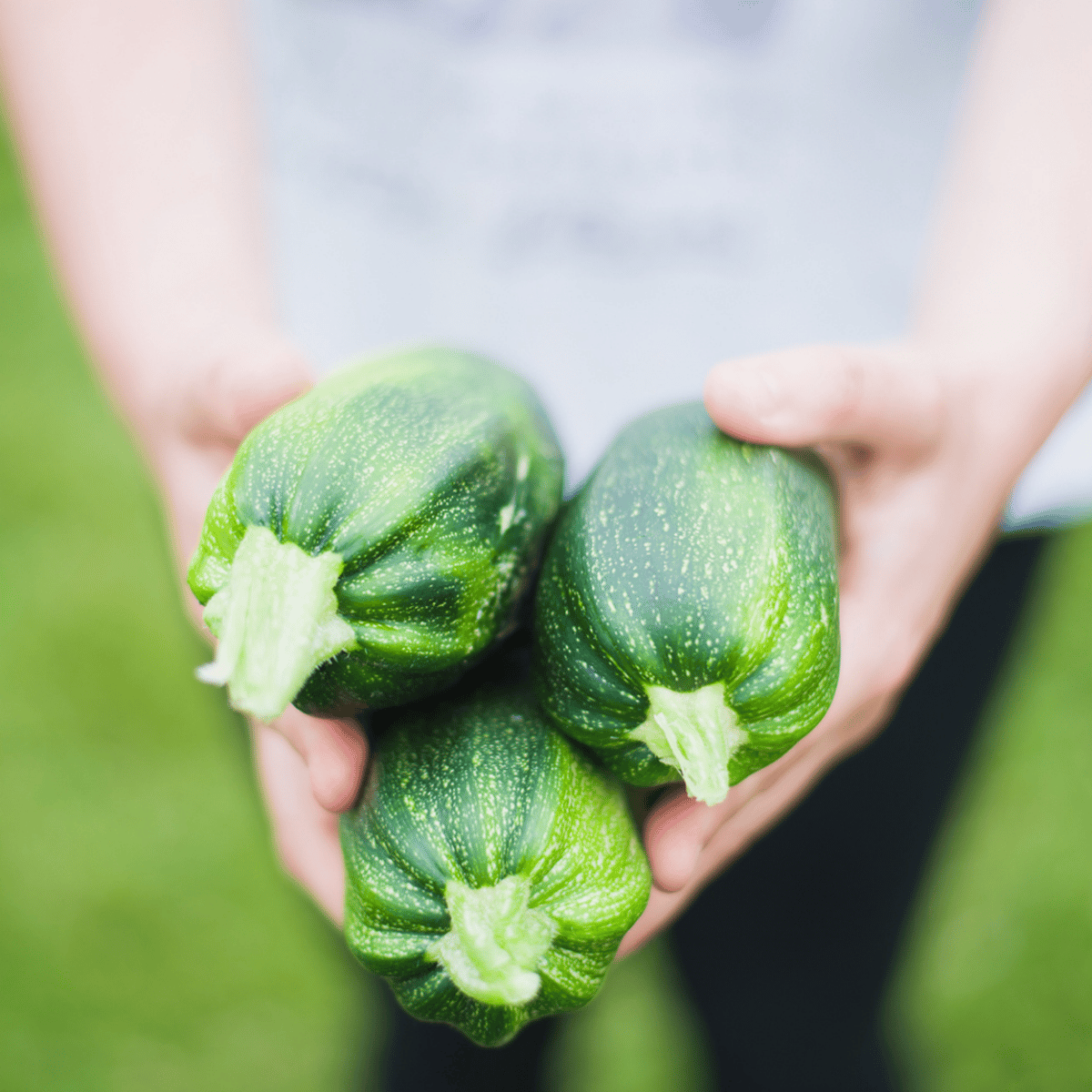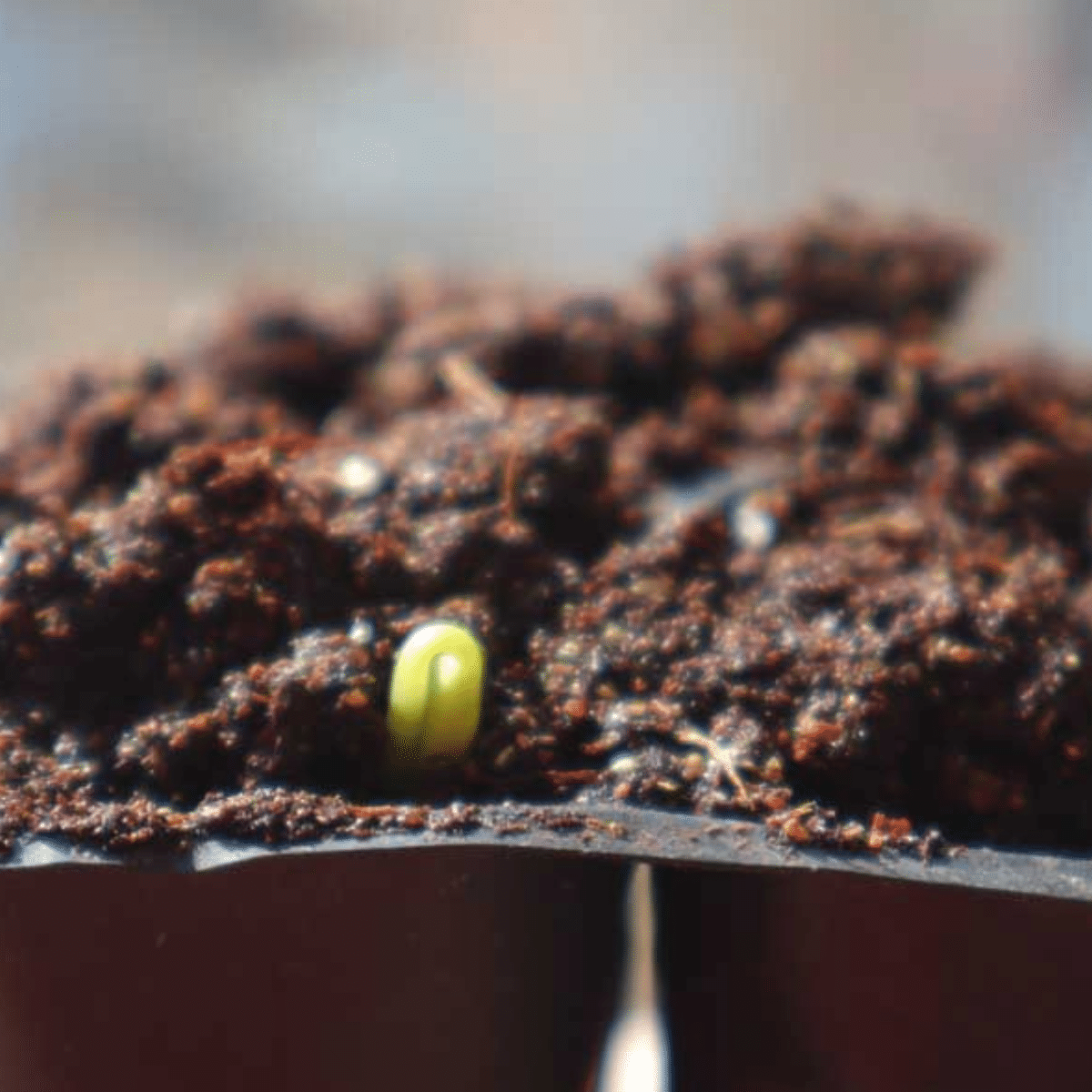8 Spring Vegetables to Plant This Year
When the cold snaps and shorter days are ending, the excitement of the gardening season is at full force. Here are spring vegetables to plant when you are ready to get going on that growing season!

Here on our homestead, it’s time to start our spring garden. Spring crops involve cool-season vegetables that are a wonderful way to get a jump start on harvesting. Which is why we are gardening in the first place. Let’s start harvesting in late spring!
Knowing when to plant your crops is very important. Find out your garden zone to know exactly when to sow seeds. If planted before the last frost date or planted too late, you can ruin your plants with frost or not get the harvest before the growing season ends.
Cool season vegetables are perfect to plant in early spring. The cool temperatures and shorter days give these vegetables the best results.
This post contains affiliate links, which means I make a small commission at no extra cost to you. See my full disclosure here.
Spring Vegetables to Plant
Planting fast growing crops in your vegetable garden allows you to enjoy fresh produce sooner. Take advantage of the cooler temperatures and start these cool-season crops.
Beets
Use beet greens in your salad and the root for canning or roasting. This root vegetable does it all! Normally, beets are red or golden and have a sweet, earthy flavor. Enjoy them raw or cooked. Younger beets taste better (in my opinion!) than the older ones. Beets mature within 6-8 weeks.
Direct sow as soon as the ground can be worked. Sow seeds by poking holes in the ground, about 1/2 inch deep and space beet seeds apart between 2-3 inches. Cover with soil. Thin the beets in a few weeks. Add the thinned greens to a salad!

Carrots
Enjoy carrots raw or cooked. Heck, even juice them! Carrots are one of the early spring vegetables that you should probably go over board on.
Sow carrot seeds about 2-3 weeks before your last frost date and soil can be easily worked. Make a small furrow and sow carrot seeds in. Lightly cover with soil. Succession sow every few weeks until the soil reaches temperatures of around 75. Doing this allows for a continuous harvest.
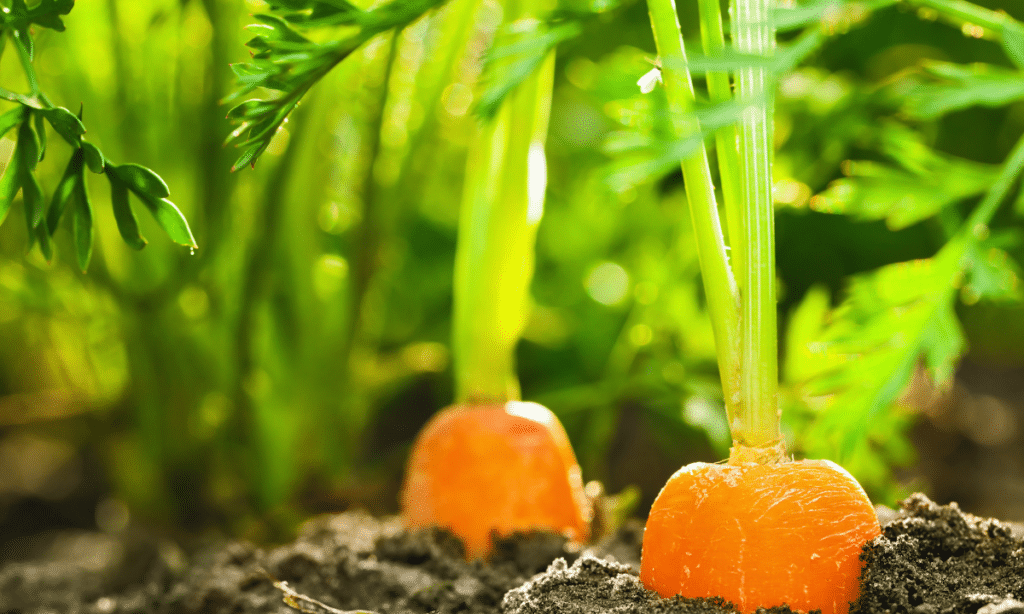
Lettuce
Lettuce seeds are amazing as they can germinate with low temperatures. Enjoy lettuce by harvesting early for some baby greens or allow enough time before harvesting for the lettuce to fully mature. Not just lettuce either, any leafy greens are great!
After the danger of a heavy frost has passed, sow seeds directly in garden. Broadcast sow lettuce seeds on soil’s surface and lightly cover with soil. Thin out lettuce plants later and eat as baby greens. Alternatively, you can start seeds indoors about a month before your last frost date. Each lettuce variety will have its own spacing needs so be sure to read the seed packages.

Peas
Snow peas and sugar snap peas are great “snack” foods. My children will sit there for hours in the early summer just munching away on peas. Another tip if you have young children, always plant more than you think you will need. Harvest snow and snap peas as young plants.
The perfect time to sow pea seeds is as soon as the soil is workable. They like partial shade to full sun. Peas are really easy to plant as you just poke a hole in the soil and drop the seed into the hole.
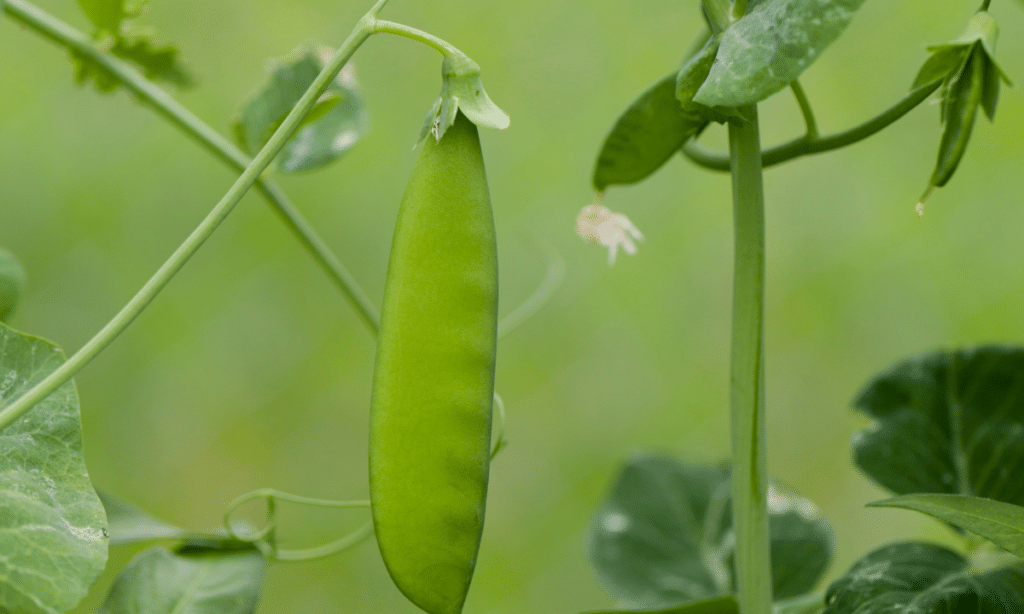
Radish
Radishes are such a quick growing vegetable that you need to plant this spring. About 25 days after planting, you are harvesting! Eat radishes raw or roast them. The radish greens are also edible.
After the danger of frost has passed, direct seed these vegetable seeds. For a continuous harvest, succession plant them. Sow about a half an inch deep and one inch apart.
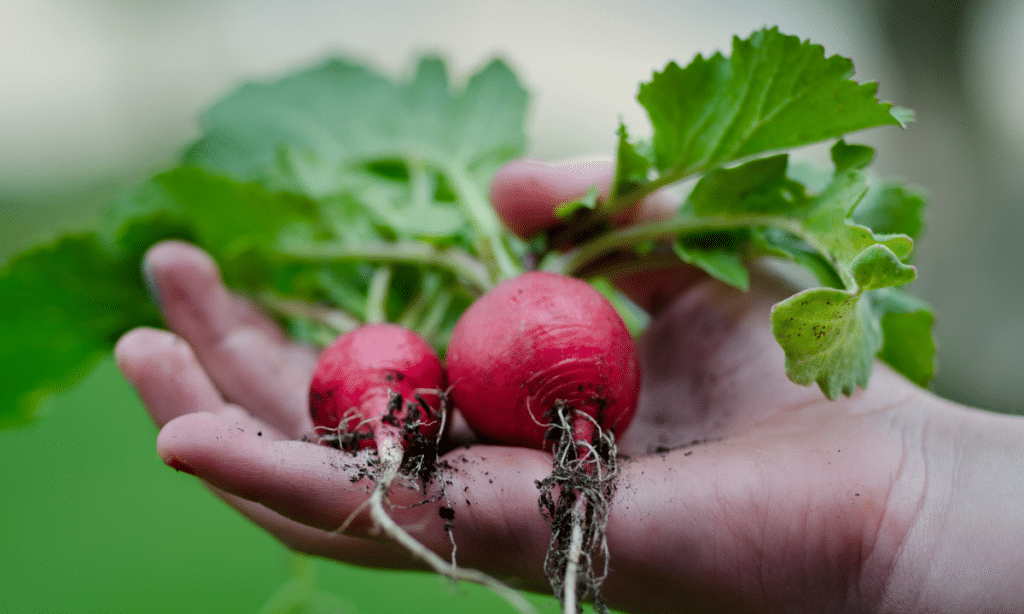
Spinach
The best time to start planting spinach is as soon as the soil is workable in the spring. Spinach likes cooler weather and will bolt in the summer heat. Check the seed packet for information on how to sow the seeds as different varieties will have different requirements. Alternatively, start spinach indoors 4-6 weeks before your average last frost date.
Harvest the baby plant as baby spinach or wait until fully mature for a bountiful harvest.

Broccoli
Although this is something I recommend starting from seed and not sowing directly outside, broccoli is a great cool weather vegetable plant that I can’t get enough of. Some people don’t think broccoli is worth planting every year, however our family could use some more!

Asparagus
Asparagus is a perennial vegetable that can produce 25 years! Grow asparagus from seed or buy transplants from a local greenhouse to get your patch going today!
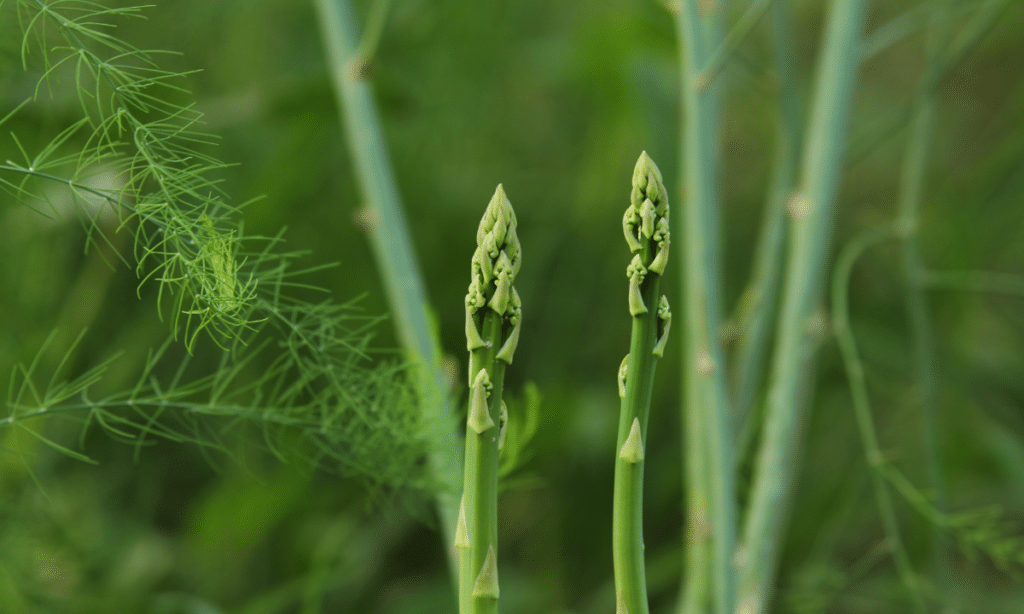
Other Resources for Gardening:
- How to plan a year’s worth of food for your family’s garden
- How to start a vegetable garden from scratch
- 10 ways to prepare garden for spring
- Learn to make compost for your vegetable garden
Pin This List for Later:

This post may contain affiliate links which I would receive a small commission at no additional cost to you. Please read disclaimer and privacy policy for full disclosure.
